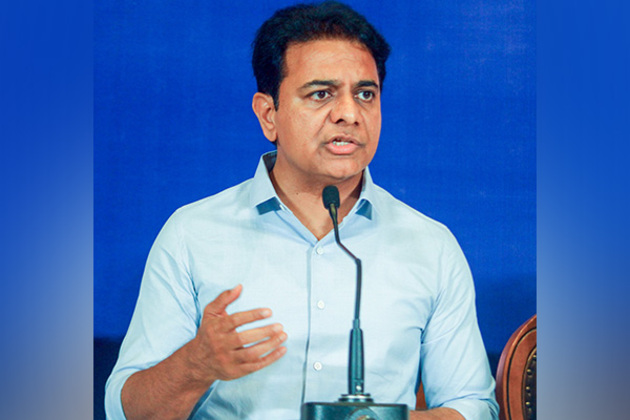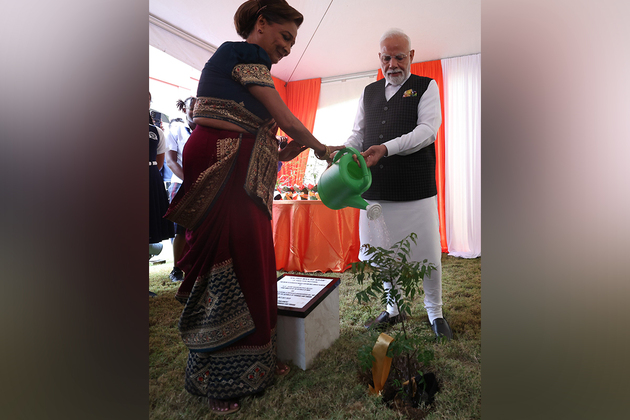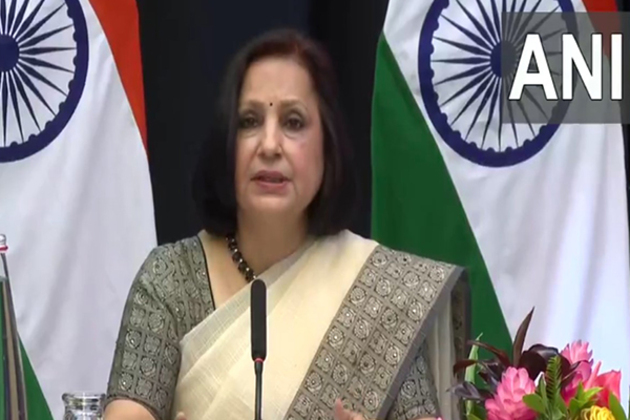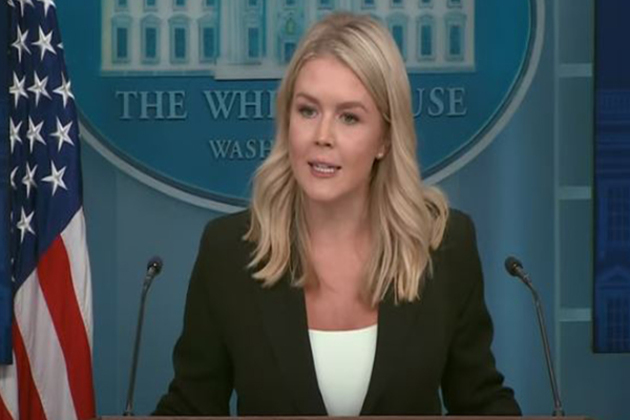Could new pipelines shield Canada from U.S. tariffs? The answer is complicated
The Conversation
07 Jul 2025, 19:47 GMT+10
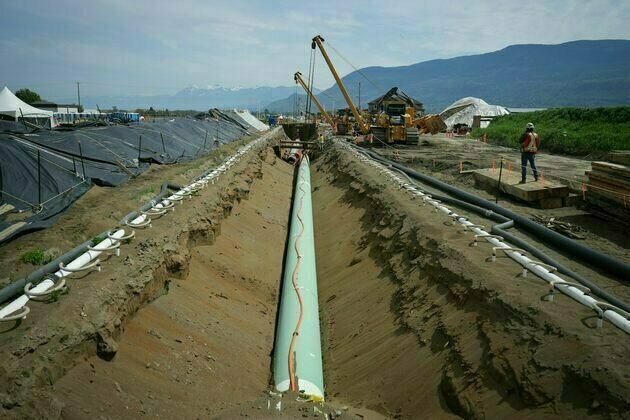
It should come as no surprise that United States President Donald Trump's tariff threats have renewed interest in building pipelines that don't rely on access to the American market. Almost four million barrels of crude oil cross the Canada-U.S. border each day, generating revenue of more than $100 billion per year - a quarter of Alberta's GDP.
A February survey by the Angus Reid Institute found that half of Canadians believe the federal government isn't doing enough to expand pipeline capacity. Meanwhile, two-thirds said they would back reviving the Energy East project - a cancelled pipeline that would have transported oil from western Canada to New Brunswick and Quebec.
But would new pipelines truly insulate Canada from the threat of U.S. tariffs? And how much new pipeline capacity is necessary? Despite the apparent urgency of approving new infrastructure projects, these questions remain surprisingly unexplored.
In a recent paper I co-authored with researcher Jotham Peters, which is currently under revision, we applied formal economic modelling techniques to parse through the costs and benefits of new pipelines, and in particular to understand the role of American tariffs in shaping these costs and benefits.
In a worst-case scenario where the U.S. follows through on its threat of a 10 per cent tariff on Canadian oil exports, Canadian producers could lose as much as $14 billion in annual revenue - roughly a 10 per cent decrease.
Simply put, Canada's existing pipeline network severely limits access to markets other than the U.S., and as a consequence oil producers bear the full brunt of American tariffs.
But what if Northern Gateway and Energy East - two previously cancelled pipelines that would have brought Canadian oil to tidewater - had been built?
If Northern Gateway and Energy East were operational in 2025, Canada would be more resilient, but not completely immune, to U.S. tariffs. Instead of a $14 billion loss, tariffs would reduce annual revenue by $9 billion.
Ultimately, the combined capacity of Northern Gateway and Energy East, which would be 1.625 million barrels per day, pales in comparison to the four million barrels per day of existing pipeline capacity connecting Canadian producers with American refineries.
Closing this gap would require an expansion of east-west pipeline capacity far beyond the cancelled pipelines of the last decade.
So have the recent shifts in U.S. trade policy fundamentally altered the economic case in favour of new east-west pipelines? As with most economic analyses, the answer is complicated.
On the one hand, any progress that mitigates the significant cost of U.S. tariffs are likely dollars well spent. Building new pipelines strengthens the bargaining power of Canadian producers, which carries an additional benefit of potentially increasing the return on each barrel sold to our southern neighbour.
There's also a long-term capacity issue. Existing pipelines may reach their limit by 2035. In the absence of new pipelines, any new production after 2035 would either need to be transported by rail at a higher cost, or left in the ground.
On the other hand, if the U.S. never follows through on tariffs on energy exports - or if future administrations do not share Trump's affinity for chaotic trade policy - Canada could end up right back where it started when these projects were cancelled.
All pipelines carry some economic benefit, but such benefits were not enough in 2016 and 2017 to warrant the construction of the Northern Gateway and Energy East pipelines.
The elephant in the room is whether a significant expansion in pipeline capacity could realistically be achieved at reasonable cost. Recent evidence suggests it could be a challenge.
The Trans Mountain expansion project, for instance, was initially estimated to cost $5.4 billion in 2013. By the time it was completed in 2024, the final price tag had ballooned to $34 billion - a cost overrun of 380 per cent when accounting for inflation.
The Coastal GasLink pipeline, which transports natural gas, faced similar issues. It was initially projected to cost $4 billion in 2012 and was completed in 2023 at a final cost of $14.5 billion, with an inflation-adjusted overrun of 180 per cent.
While some of these costs were circumstantial - a major flood affected Trans Mountain, for example - increased efficiency in pipeline construction is necessary for the economic benefits of new pipelines to be realized, regardless of U.S. trade policy.
While our research explores the economic impact of new pipelines in the face of U.S. tariffs, we acknowledge there are other issues that need to be considered.
Chief among them is ensuring Canada meets its constitutional obligation to consult First Nations on decisions, like natural resources projects, that affect their communities and territories. Although this lies beyond our area of expertise, it will inevitably be an important element of consideration for any new pipeline developments.
Read more: The complicated history of building pipelines in Canada
The environmental impacts of new pipelines are another key concern. These impacts range from local exposure to oil spills to upstream greenhouse gas emissions associated with oil production. While these varying and complex impacts are also beyond the scope of our current work, future research should focus on quantifying the potential environmental impacts of new pipelines.
Our research cannot say whether any new pipeline project is good, bad or in Canada's national interest. But we can help Canadians reach an informed decision about how changes in U.S. trade policy may or may not alter the economic case for new pipelines in this country.
While Canada would undoubtedly be in a stronger position to respond to U.S. tariffs were Northern Gateway and Energy East operational in 2025, it would still find itself significantly exposed to Trump's tariff threats.
Fully removing this exposure would require not one but seven pipelines equivalent to Northern Gateway. Whether that's a goal worth pursuing is a broader question - one we hope our research can help Canadians and policymakers reach on their own.
 Share
Share
 Tweet
Tweet
 Share
Share
 Flip
Flip
 Email
Email
Watch latest videos
Subscribe and Follow
Get a daily dose of International Technology news through our daily email, its complimentary and keeps you fully up to date with world and business news as well.
News RELEASES
Publish news of your business, community or sports group, personnel appointments, major event and more by submitting a news release to International Technology.
More InformationComputers
SectionKTR to distribute 4,910 KCR kits to new mothers in Sircilla under 'Gift A Smile' campaign
Hyderabad (Telangana) [India], July 7 (ANI): Ahead of his birthday, Bharat Rashtra Samithi (BRS) Working President KT Rama Rao (KTR)...
Could new pipelines shield Canada from U.S. tariffs? The answer is complicated
It should come as no surprise that United States President Donald Trump's tariff threats have renewed interest in building pipelines...
Evolving Thai cuisine dominates China's Southeast Asian dining scene
TAIYUAN, July 7 (Xinhua) -- From bustling street stalls to upscale shopping malls, the Thai culinary scene in China is undergoing a...
PM Modi to inaugurate new terminal of Guwahati airport in November: Assam CM
Guwahati (Assam) [India], July 6 (ANI): Prime Minister Narendra Modi is set to inaugurate the new terminal of Guwahati's Lokpriya Gopinath...
PM Modi congratulates Trinidad and Tobago on adopting UPI
Port of Spain [Trinidad and Tobago], July 5 (ANI): Prime Minister Narendra Modi paid an official visit to Trinidad and Tobago from...
India to gift 2000 laptops to school students in Trinidad and Tobago, extends OCI Card facility up to 6th generation: MEA
Port of Spain [Trinidad and Tobago], July 5 (ANI): During his visit to Trinidad and Tobago Prime Minister Narendra Modi made a number...
Internet
SectionMeta hires SSI CEO Gross as AI race intensifies among tech giants
PALO ALTO/TEL AVIV: The battle for top AI talent has claimed another high-profile casualty—this time at Safe Superintelligence (SSI),...
Trump to sign executive order delaying July 9 tariff deadline to August 1: White House
Washington, DC [US], July 8 (ANI): US President Donald Trump will sign an executive order delaying his July 9 tariff deadline to August...
Trump announces 25 per cent tariffs on imports from South Korea, Japan
Washington, DC [US], July 8 (ANI): US President Donald Trump announced on Monday that his administration would impose a 25 per cent...
Report: ESPN signing NFL analyst Dan Orlovsky to long-term extension
(Photo credit: REUTERS/Mike Segar) Dan Orlovsky, who has served as an NFL analyst with ESPN since 2018, has agreed to terms on a...
"Nobody has right to misbehave with any woman," says BJP MLA Mungantiwar after Influencer allegedly abused by MNS leader's son
Mumbai (Maharashtra) [India], July 7 (ANI): Bharatiya Janata Party MLA Sudhir Mungantiwar on Monday called for strict action against...
'Targeted despite being a Maharashtrian': Influencer Rajshree More demands action after alleged abuse by MNS leader's son
Mumbai (Maharashtra) [India], July 7 (ANI): Social media influencer Rajshree More has demanded strict action against Rahil Shaikh,...

